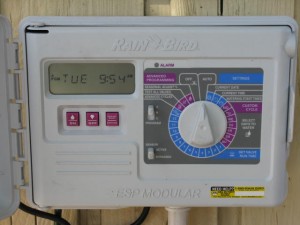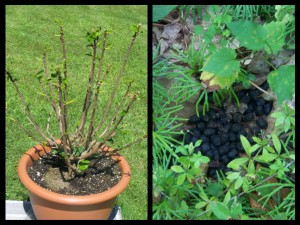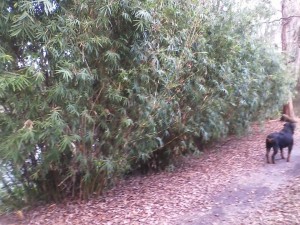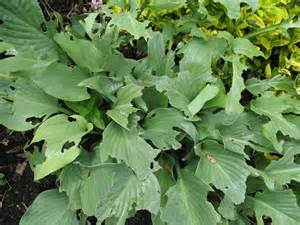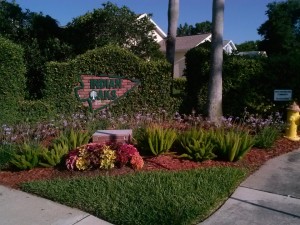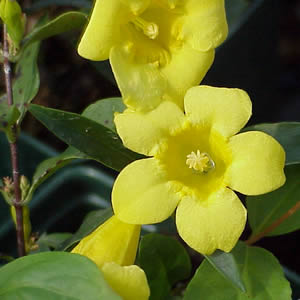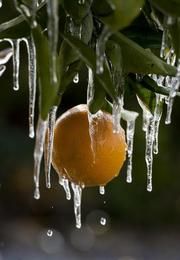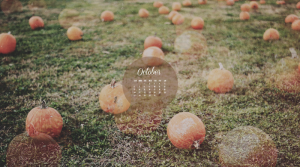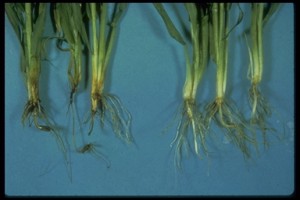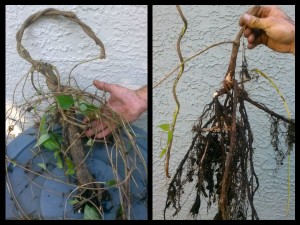Programming your Rainbird irrigation controller is easier than you think. While Rainbird makes it super simple, many others do, too. It just takes a little understanding of some controller and irrigation basics, and the rest falls into place. So, here we go with the basics, before we go to programming:
- Every clock has a current date and time stamp. That needs to be set for year, month, day, and time (AM vs. PM)
- An installed irrigation system is set up in multiple zones, as you cannot water everything at once for lack of water pressure. If you remove the bottom panel of your irrigation controller, you will see one wire (usually white or green) that goes to common, and the other colors go to numbered ports. Each wire goes to a zone, and that will tell you how many zones you have, by the number of connected wires to zone numbers. Each zone wire and numbered zone operates a specific zone on the face of the controller, and in the yard. A zone is a section of the yard that will be irrigated at one time, and will be rotated by a section at a time by the programming of the controller that you will program. Some home landscapes only have 2-4 zones, whereas large properties can have twelve or more, and your wiring panel will tell you how many zones you have to be programmed. The number on the dial of the face of the controller is not indicative of the number of zones that you have, and you can only be certain by looking inside the controller to see what is wired up. With controllers under 6 zones, you remove the bottom door panel, and with larger timers, you open it on the right side, like a door. Both generally open with no tools needed, just by sliding or hand prying.
- Some Rainbird controllers have a slide bar at the bottom right side, with numbers like 2, 3, 5 and "c". If you slide the bar to the numbers, it will automatically water every 2 days, 3 days, or every 5 days, depending upon where you moved the slide bar to. You should keep the slide bar at "c" which is for custom programming, which is what we will be doing for Tampa landscapes, and water restrictions (although you could use this cool feature if you are on reclaimed water)
- Rainbird controllers (and most others) have at least two programs that can run simultaneously On smaller controllers, the A/B program functions are a push button at the top right, next to the "on/off" or "up/down" arrow buttons. On larger controllers, it is a slide bar, just left of the dial, that notes "A,B, or C". These are your programs. If you have an "A/B" program, you can run two programs. If you have more, you can run more programs, A,B,C,D etc. This is not the same as zones, as zones are the sections of the yard to be watered. Programs are like an alarm clock, that you can program to wake you up multiple times in one day. Programs are how you tell the zones to water. To determine what program you are on when programming, look at the display window for a very small letter "A,B,C" etc. It is miniscule, but critical, and it will tell you what program that you are programming.
- On the Rainbird dial, there is a feature that either says "seasonal adjustment" or "water budget". This feature allows you to adjust the amount of watering without changing the programming. It should be set at 100%, which means that if you program each zone for 20 minutes, it waters for 20 minutes. And, further, if it is the rainy season and you reduce the water budget to 50%, it will water 50% of what you programed, or 10 minutes instead of 20. And, in the hot, dry spring, an increase of water budget to 150% increases the 20 minutes to 30 minutes.
- Days of the week on the face of the Rainbird dial allows you to water certain days of the week. With Tampa's water restrictions, you are only allowed to water on certain days, and this part on the dial allows you to program which days your irrigation will run.
- The individual numbers on the dial are the zones that you have, and programming them allows you to tell the Rainbird controller how many minutes you will run each zone, which means, how many minutes will you run the sprinklers in each area of your yard, as they irrigate per section. Plant beds may need less watering, as do sides of the house, while the front yard, full sun areas with grass need more. This function allows you to determine how much water each section (zone) needs, and you can adjust it as needed, by changing the programming of the controller. For example, maybe the full sun back yard needs 30 minutes for grass, but the sides only 8 minutes, because it is shaded and dank.
- Each program has multiple start times. That means that you can have 3-4 start times for program "A", and 3-4 start times for programs "B', and so on. Start time is when you will start the watering for the zones that you have selected. You should realize that if you have a smaller controller, with only "A and B" programs, you can have 3 start times for each A or B program.......that has the potential for 6 start times a day. With larger controllers, there are usually 4 start times, and 3 programs, so that has the potential for 12 start times a day. This is a very misunderstood feature on Rainbird controllers, and care must be taken, otherwise you could potentially be watering for 8 hours a day. If you only want one program running, the other programs must be turned off, otherwise all programs will run, simultaneously, beyond your notice.
- A program will not accept midnight as a start time, and that is the default to shut off a program from running. Of course, the additional ways to stop a program are to shut off days of the week, or to shut off minutes per zone. A zone needs all three to run, so if you have no start time, no days to water, and no minutes to water, the program will not run.
- The last feature too discuss on the Rainbird controller is the advance button, usually on the top right corner (ADV). This is how you test your system, or advance to a particular zone. When the dial is in the "auto" position, if you press the advance button, it will start the program, and will re-set itself to the next time to run by itself. This is also how you test the system on smaller controllers, and you can press the advance button to the next zone to run, or the next zone to run, or the next, etc. The display screen will not only tell you what PROGRAM you are running, it will also tell you what zone, and how many minutes the zone is set to run for. If you are on the wrong program, press the "A/B" button to change programs, or use the slide bar on larger controllers.
Once you understand the controller basics, the rest is easy to finish programming your Rainbird controller. Move the dial to what needs to be programmed, and use the "up/down" arrows (top right corner) to make the changes. On days of the week, for example, turn the dial to Monday, and use up/down to turn Monday off or on. Move the dial to Zone 1, front yard full sun, and use the up/down arrows to adjust the minutes for the zone to run. Pay attention to whether you are on program "A" or "B", as both are programs and you may inadvertently program the wrong one. As for some adjustments such as time/date, you may have to use the advance button (usually used to start the programs), to move from one field to the next, to advance from year, to month, to day, to time, and then you still use the up/down arrows to make changes. On larger Rainbird controllers, you will also have to use the advance button to check start times per program, and then also use the up/down button to default a zeroed out start time to midnight.
I have two notes, and the first being that when I look at a controller, the first things that I check for are "water budget/Seasonal adjustment" and run times per program, as I find those to be the most common errors. For example, a month ago, a client not only had programming at 70% water budget on program "A", but it was running two times, overlapping by 1/2 an hour. Worse, though, she had 3 start times running on program "B'", and some of them were overlapping, too. In this example, she had 5 start times, on two programs, and was mystified, and just saw water everywhere, every day, at all hours. Who knows how that happened, but it did. My guess is that multiple people programmed her controller over time, and did not pay attention to what program they were on, and how many start times were set.
Having multiple irrigation programs with multiple start times can be beneficial to your landscape, if you understand how to use them. As an everyday irrigation strategy for your landscape, everything should be programmed on program "A" for a typical September day. With that, you either lower or raise your "water budget/seasonal adjustment" feature per the weather conditions. Program "B' should be used for drip irrigation, or vegetable gardens, or anything else that needs more than normal watering, a per water restriction guidelines. Program "B" or even "C,D", can also be used for new plantings or sod replacement, or anything else that needs temporary additional watering, without watering all of the property.
Programming your Rainbird irrigation controller properly can be pretty awesome: it not only allows you to have dominion over your landscape and water bill, but it is sort of like knowing how to program a smart phone, when no one else does.
Water is an important resource for all of us as a community, as is your beautiful landscape. Home budgets are tight, and qualified, knowledgeable advice is harder to find than ever. We want for your plants to live, as well as help you save money on your water bill. With that, Johns Palms Landscaping is offering to program your irrigation controller for free, as well as to teach you how to do it, at your home. It's our way of saying thank you for your support of our 27 years in business, as well as paying it forward for the next 27 years, even if you have never been one of our customers in the past.
Call Johns Palms Landscaping at 813-493-3373, to schedule your appointment, today.
Let's get to it, and start fixing those bothersome issues about your home and landscape. This one is an easy fix, and it's free!

